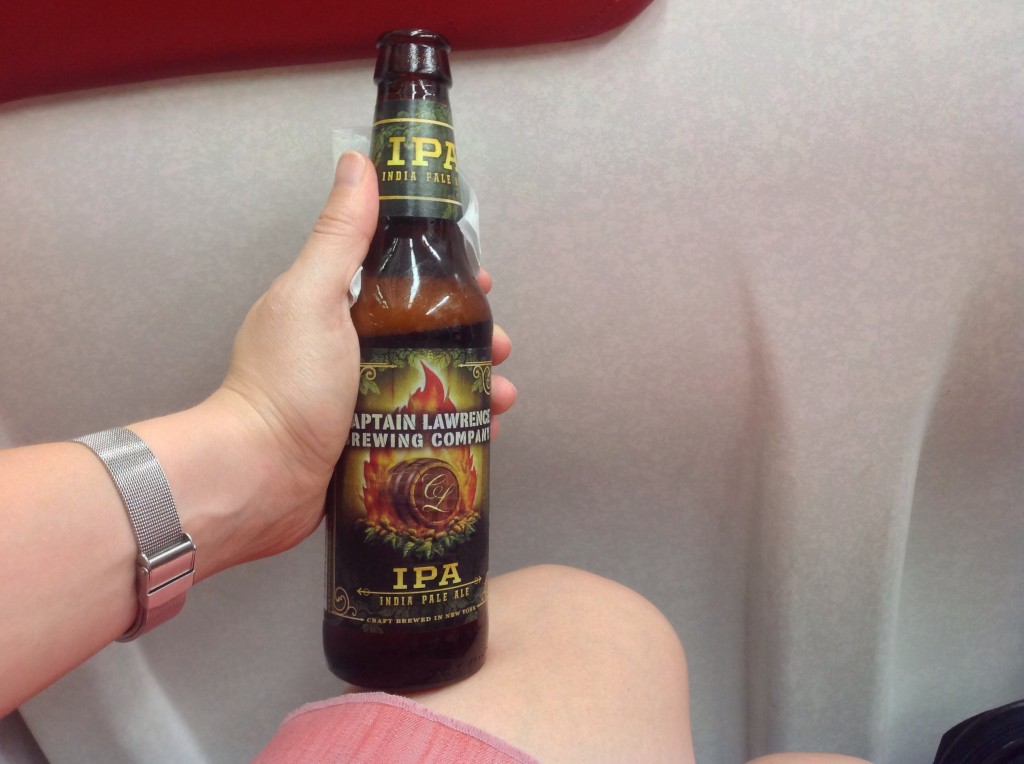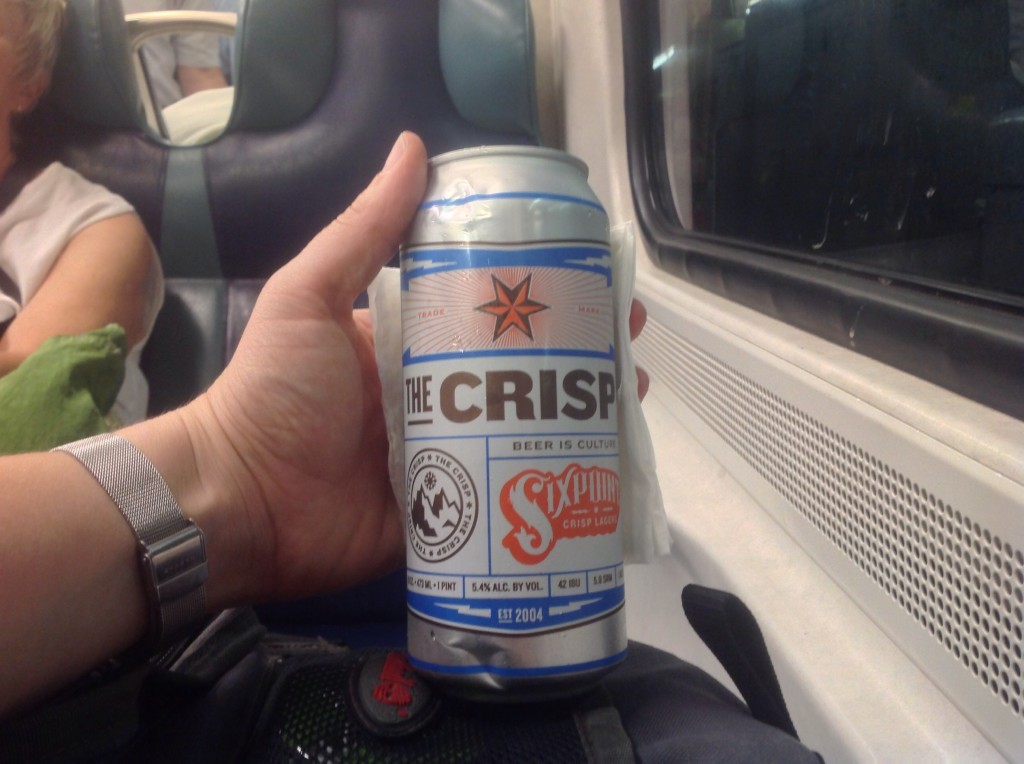Senjina silently urged the cab to hurry. She hadn’t wanted to end the date early, but the mayor had just been accused of smoking crack. As a result everybody was required to receive a special-issue infoozian. Some mandatory, regulated thing and Senjina didn’t want to miss the first one.
At times Senjina had had a faint suspicion about infoozians, but the thought always drifted away in a fog before she could grasp it. It was just as well. Like most people she felt rundown when she slacked on getting the necessary brain boost from routine infoozians. Anybody who went too long without one automatically received random zaps until they hooked up.
She didn’t mind, really. The infoozians were totally worth it, especially since installing the system meant her personal informatics were collected, analyzed, and monitored. Without that data she couldn’t figure out anything about herself. How was she supposed to know how to feel? She couldn’t just react to something without understanding if an accelerated heart rate was due to her surroundings, a conversation, or even something she ate. She just didn’t know anymore and relied heavily on personal informatics to tell her everything she needed to know. Only then could she regulate her environment for pleasurable and stress-free interactions.
Senjina remembered how personal informatics had first changed her life. It started with a fitband used to monitor her heart rate and energy levels for optimal weight loss. The idea caught on and people wanted other things measured. Apps and devices appeared to monitor sleep cycles. High-end systems included machines to adjust air quality and temperatures to ensure every night was restful. And still people needed to know more. New apps and devices flooded the market, all designed to track and integrate stats on overall functioning.
Soon people were wearing as many as 15 devices. Then a genius figured out everything could be replaced with a single finger-sized feed embedded deep in the forearm and fused with the nervous system. The best part was people no longer had to think because everything was now automatically recorded, analyzed, and spit out in customized stats reports. Senjina, of course, knew the whole story through her initial infoozians.
The cab arrived and she exited, no need for money and words. It was all handled seamlessly through her feed. She bounded up the steps eager to know if the jitters signified the first hints of love or a reaction to the restaurant’s noxious atmosphere.
Next installment: Technombie 3
*This is entirely a work of fiction, but was in part inspired by the sources listed below. Zombies are often depicted as rotting, brainless, moaning undead humans, but I think other manifestations can be found in today’s society. The story is about how disconnected and zombie-like we become when we rely on technology to tell us how we should feel rather than learning about our own bodies and trusting our instincts.
Chris Dancy, self-described as the “world’s most connected man”: http://mashable.com/2014/08/21/most-connected-man/
Klosterman, Chuck, “My Zombie, Myself: Why Modern Life Feels Rather Undead,” New York Times: Television Section, December 3, 2010. http://www.nytimes.com/2010/12/05/arts/television/05zombies.html?pagewanted=all&_r=0 [accessed 12 October 2014]







